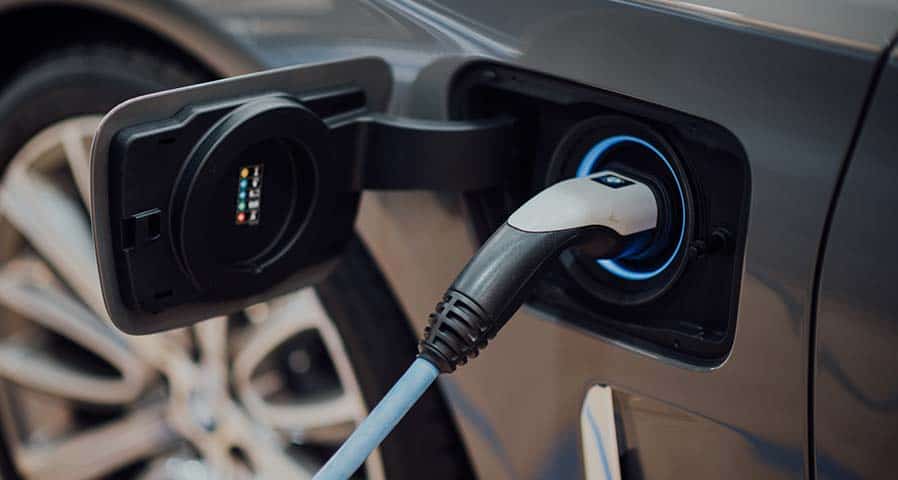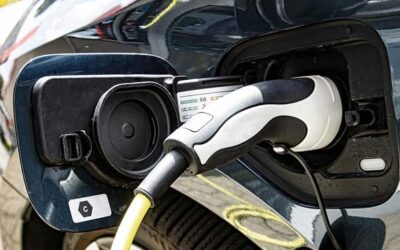A 2015 lawsuit is demanding the United States government begin reducing its greenhouse gas emissions. Seattle is banning plastic straws, and Starbucks is also following the city’s lead. Single-use plastic items are facing a ban in Europe. While plastic is becoming less prominent, environmentalists still have plenty of work to do.
Next on the agenda is encouraging drivers to switch to electric vehicles, which includes municipalities investing in EV charging infrastructure.
Advantages of EV Charging Infrastructure
Electric vehicle sales are expected to reach 10 million by 2025 and 28 million around 2030. EVs will account for an estimated one-third of vehicle sales, and drivers need charging infrastructure to keep their batteries charged.
The reasons drivers are transitioning to electric vehicles vary. EVs are less expensive when it comes to gas and maintenance.
Investing in EV charging infrastructure benefits municipalities. Electric vehicles have zero direct emissions, meaning they are better for the environment. The reduction in tailpipe emissions improves air quality for residents in the community. Another benefit is the reduction in noise pollution. Electric engines are quieter than vehicles powered by fossil fuels.
Municipalities Investing in EV Charging Infrastructure are Leading the Way Towards a Greener Future
Range anxiety is a real concern for EV drivers. The lack of charging infrastructure is also preventing some drivers to make the switch to an electric vehicle.
Municipalities investing in EV charging encourage residents to purchase electric vehicles. The charging infrastructure also makes a city more attractive to current and future residents.
Investing in EV charging infrastructure improves the health and quality of life for residents. It also helps to ensure the health of future generations. Residents driving EVs can save money on fuel and maintenance costs. The extra funds are often put back into the community, benefiting everyone.
Municipality electrification can seem like a big scary deal, and while it is a big deal it doesn’t have to be scary. Check out on of our latest blogs, Municipality Electrification – Public Transport and Municipal fleets, for a starting point!
Optimize Your EV Charging Infrastructure with Data
Municipalities investing in EV charging want to identify the best locations for the units. Using automotive data that shows where drivers cluster at specific times, can give communities the information they need to place the chargers at prime locations.
Automotive data is limited to current electric vehicles on the road. Cities can also gather information from fossil-fuel-powered cars.
The data also learns and grows over time. As more EVs hit the roads, the data system can track routes and install additional charging stations.
Using data to plan your city’s EV charging infrastructure can also help protect the power grid from overloading. When the chargers are spaced out around the city, it helps to lighten the load on the power grid. Another benefit is the chargers are often placed in neighborhoods that might have been previously overlooked. The presence of EV charging infrastructure can go a long way toward encouraging residents to switch to electric vehicles.
Contact Us to Learn More About Investing in EV Charging
Municipalities investing in EV charging are seeing the benefits in reduced air and noise pollution.
However, EV charger placement is crucial for drivers, and we can help your city plan the placement to maximize your investment. Contact us today to learn more! You can call 484-816-2076, email [email protected], or schedule a call that fits your need by clicking the button below!








0 Comments